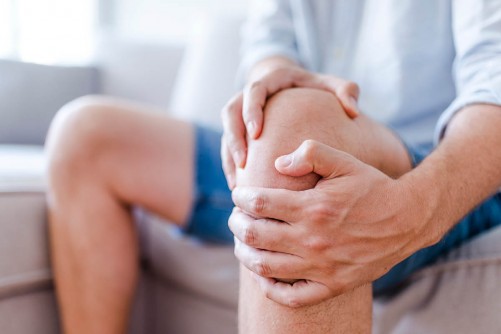 What is Osteoarthritis? Osteoarthritis or OA is the most common type of arthritis and it affects the flexible tissue at the end of your bones known as cartilage and causes it to deteriorate. Cartilage is a very smooth but firm tissue that allows movement to occur in our joints without friction, but once this cartilage wears done it can result in bone rubbing on bone which causes joint pain. Along with affecting the cartilage OA can also cause deterioration of the connective tissue and bones within the joint while also causing inflammation to occur in the joint lining. OA can occur in any joints in the body but is most common in the knees, hips, lower back, neck and hands. What are the symptoms of OA? OA often develops slowly over time, meaning that not all symptoms may be present initially. Some common signs and symptoms can include;
How can exercise help? It is a common response that when pain occurs it is best to avoid thins that aggravate the pain, such as movement. In regard to osteoarthritis this can actually do more harm than good. Exercise is considered the most effective non-drug treatment for reducing pain and improving mobility in patients suffering from OA. It does this by reducing the stiffness and inflammation that may have developed around the joint through mobility and movement. By strengthening the muscles around the joint it can assist in reducing the stress placed on the joint and some of the bone on bone friction from occurring as much. Exercise not only helps your OA symptoms but also decreases your risk of developing other chronic diseases too! It a win, win if you ask us! What type of exercise is best? Strength training, cardiovascular training, balance training and water-based exercise have proven to be the most effective forms of exercise for reducing pain and improving function. Water-based exercise can be particularly beneficial as it reduces the load placed on the joints, as buoyancy in the water decreases the effects of gravity. Exercise program tailored to individuals suffering from OA aim to;
More information? If you would like more information about Osteoarthritis and how exercise can help, get in touch with us at Optimum Exercise Physiology on 8873 0628 or have a look on the Arthritis Australia Webpage on www.arthritisaustralia.com.au By Aleisha Michael Accredited Exercise Physiologist
0 Comments
Your comment will be posted after it is approved.
Leave a Reply. |
AuthorSLisa Parkinson Archives
July 2024
Categories
All
|

 RSS Feed
RSS Feed